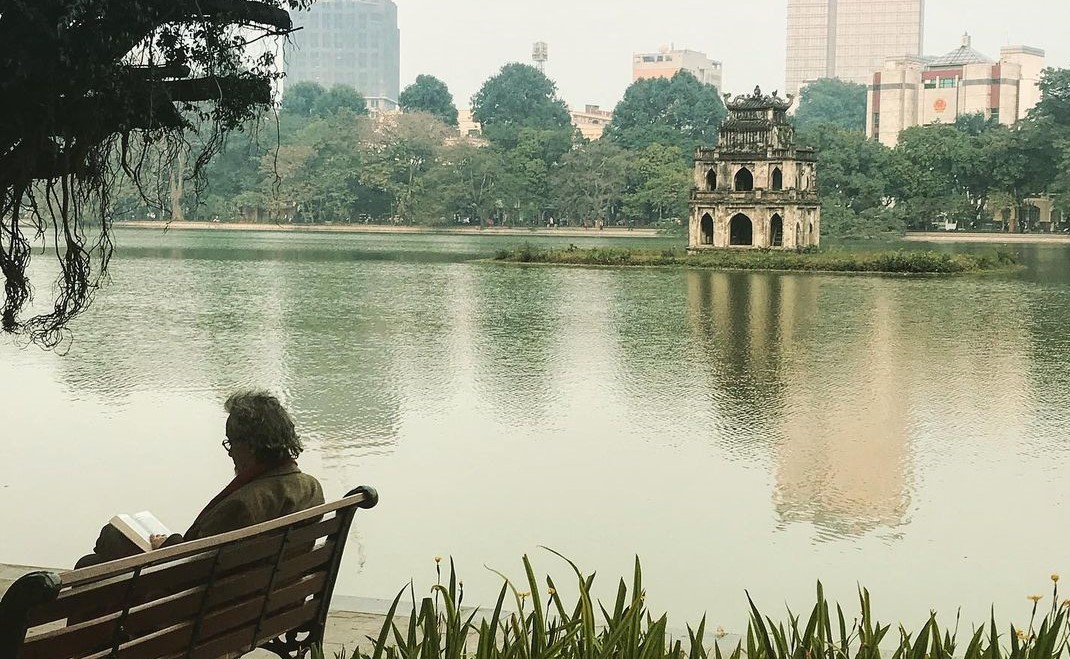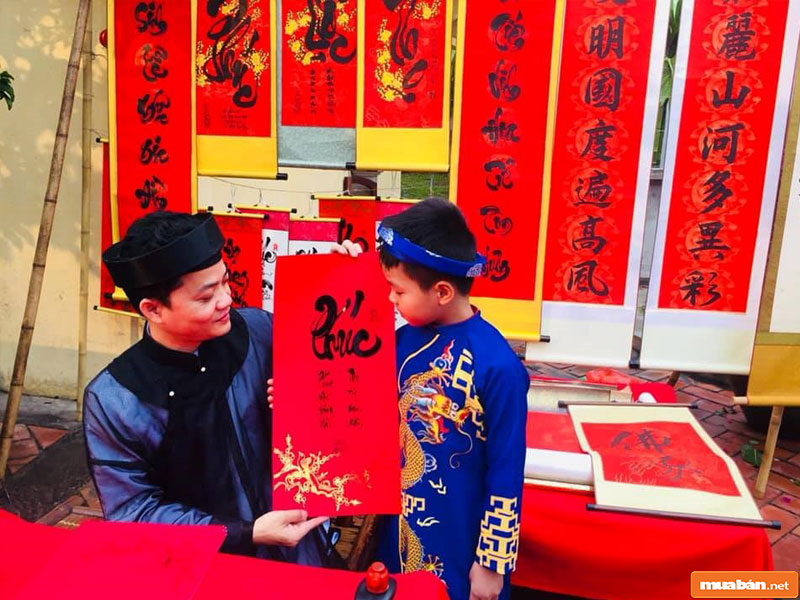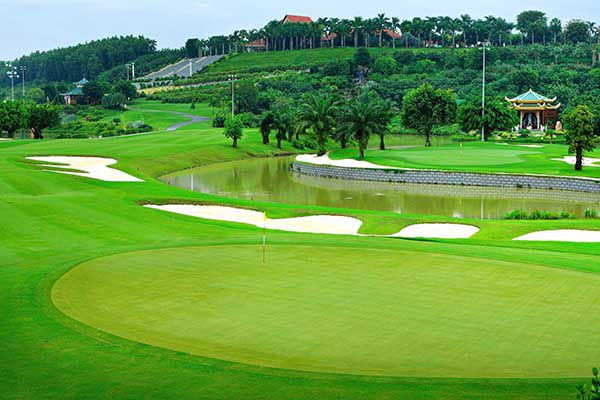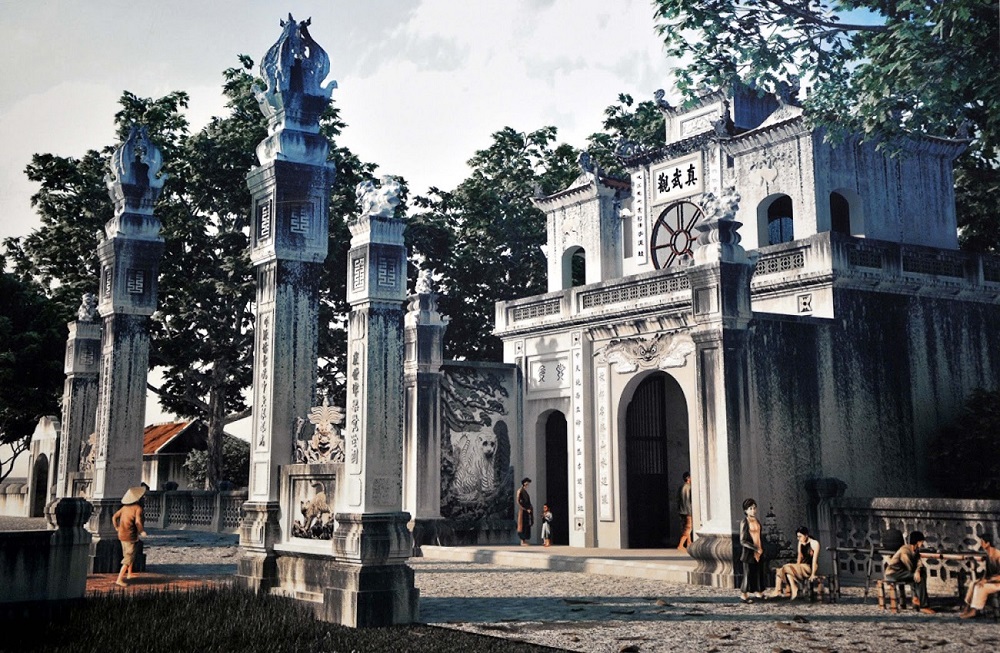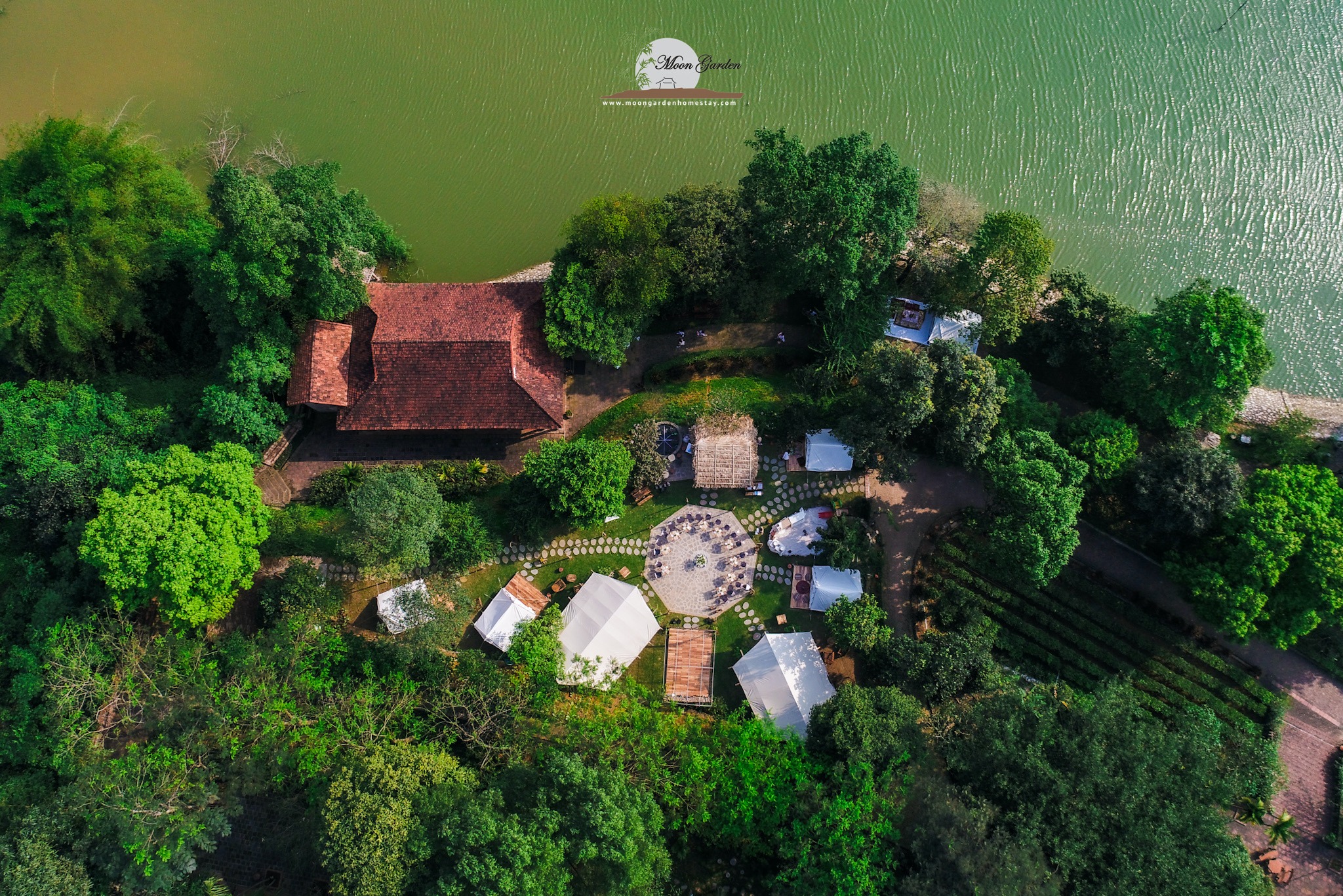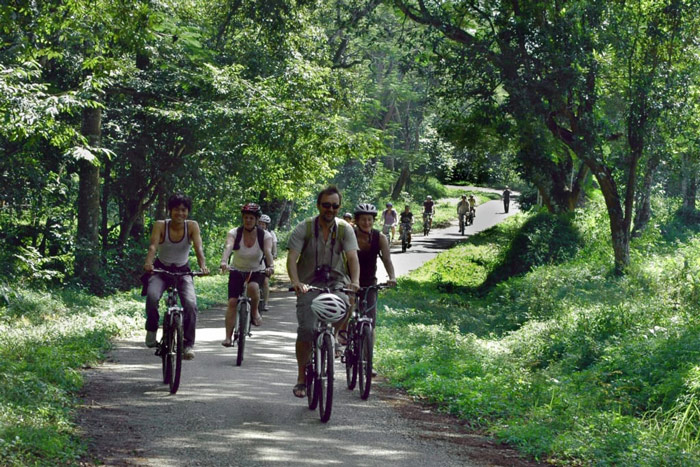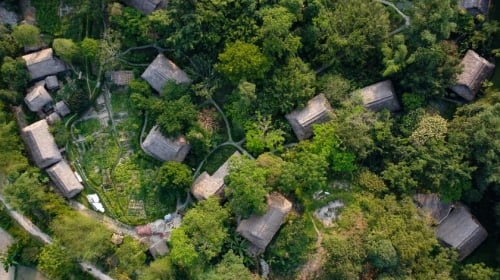From the beginning of Tet Nguyen Dan (Lunar New Year) until the end of the second lunar month, Vietnamese people often engage in activities such as visiting temples and pagodas, and participating in spring festival events. This is a long-standing cultural aspect of the Vietnamese people. Since ancient times, they have believed that Tet carries a sacred and spiritual significance, directing them towards their roots. It is a time to remember deities associated with agriculture, such as the God of Earth, God of Rain, God of Thunder, God of Water and others.
These traditional and culturally rich festivals are particularly appealing to travelers who have an interest in spirituality and seek unique experiences. In this article, Passionate Travel will take you on a journey to explore the famous spiritual tourist destinations across the three regions of Vietnam.
Famous spiritual tourist destinations in the North
With its original beauty and a rich tapestry of diverse cultures, Northern Vietnam is an ideal destination for those seeking to explore spiritual tourism. Spiritual tourism in the Northern region is not only an opportunity for pilgrims to find peace but also a chance for them to discover historical landmarks, traditional architecture, and even to seek profound meaning in their daily lives. Famous spiritual tourist destinations in the Northern region include Perfume Pagoda, Yen Tu Pagoda and Tay Phuong Pagoda.
Perfume Pagoda
Perfume Pagoda is located in Huong Son Commune, My Duc District, Hanoi City, and is one of the most famous spiritual tourist destinations in Northern Vietnam. Perfume Pagoda attracts a large number of tourists throughout the year who come to visit, pray, and make offerings. The peak visiting season is usually during spring, after the Lunar New Year, or on other festive occasions throughout the year. Every January, the pagoda hosts a Buddha praying festival, providing favorable conditions for spiritual tourism and serving as an occasion to wish for peace and prosperity in the new year.
Built and existing for over 300 years, situated in a picturesque landscape of “mountains and water in harmony,” Perfume Pagoda allows visitors to immerse themselves in the natural beauty of the mountains and forests. Visitors can also explore the rituals of offering, worship, and the prayers for peace performed by the local people at this sacred site.
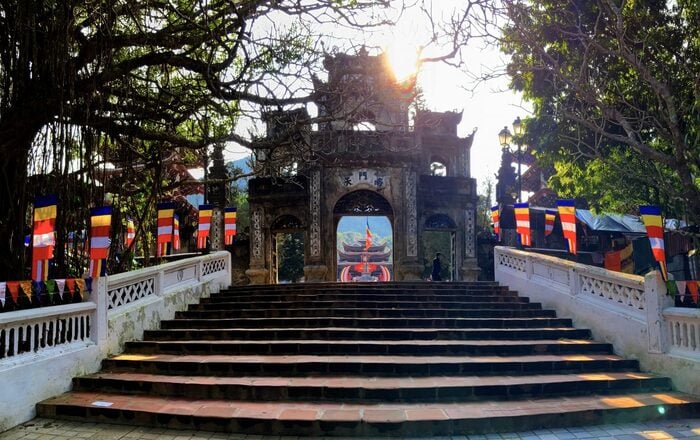
Yen Tu Pagoda
Yen Tu Pagoda, also known as Thien Truc Pagoda, is the most famous spiritual destination within the scenic complex of Yen Tu historical site in Quang Ninh. Situated at the highest peak of the Yen Tu mountain range, the pagoda is the largest bronze pagoda in Asia and is a sacred place that attracts monks, Buddhists, and international pilgrims when making their spiritual journey to the holy land of Yen Tu.
Yen Tu Pagoda is located at an elevation of 1,068 meters above sea level, crowning the Yen Tu mountain range. The pagoda is renowned for its unique and grandiose architectural masterpiece, crafted entirely from bronze.
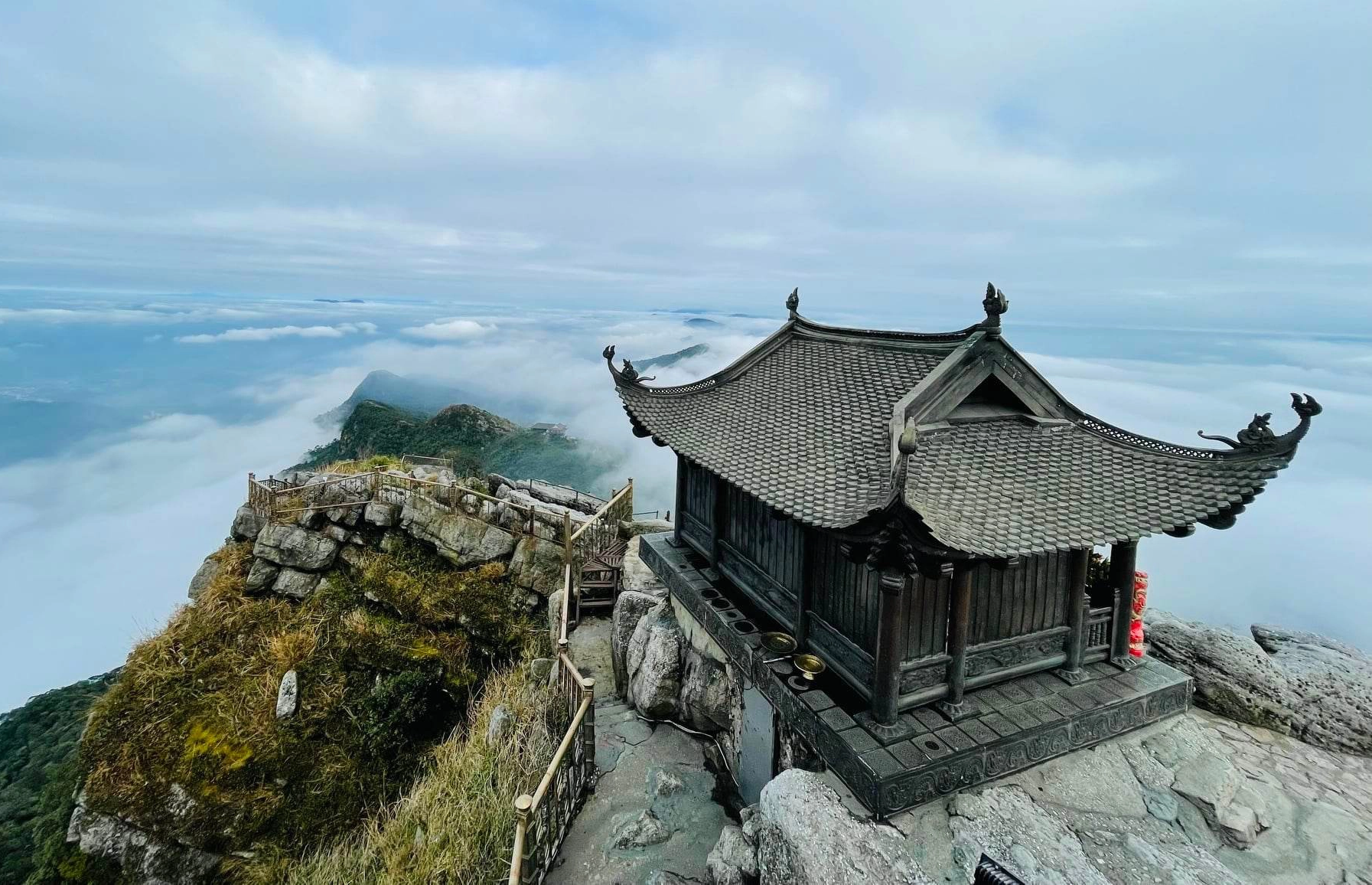
Many tourists visit Dong Pagoda to pay respects to the sacred land on the summit. Many believe that placing their hands on the pagoda will bring them good luck. Travelers from afar also flock to place their hands and pray for prosperity, sharing that they come not only in hopes of good fortune but also to experience the spiritual atmosphere and feel a sense of unity with nature at the summit of Yen Tu mountain.
Tay Phuong Pagoda
Tay Phuong Pagoda, also known as Sung Phuc Tu, is one of the oldest temples in Vietnam, located in Thach That district, Hanoi. It is not only a historical site with unique architecture but also a sacred spiritual destination that attracts many Buddhists and tourists.
The temple has a three-tiered structure with three parallel chambers, including the front hall, main hall, and rear hall. To reach the temple, visitors must ascend 239 moss-covered stone steps, creating a challenging and spiritual pilgrimage. Additionally, the temple houses 64 statues with elaborate reliefs, 16 ancestral statues, and a set of the Three Buddhas. Particularly noteworthy are the 18 Arhats, each representing different emotional states.
Every year, during the third lunar month, Tay Phuong Pagoda hosts a festival lasting from the 6th to the 10th day of the month, attracting a large number of tourists and local residents. This is a time when people from the Northern region make pilgrimages to the temple to seek blessings and good fortune for the new year.
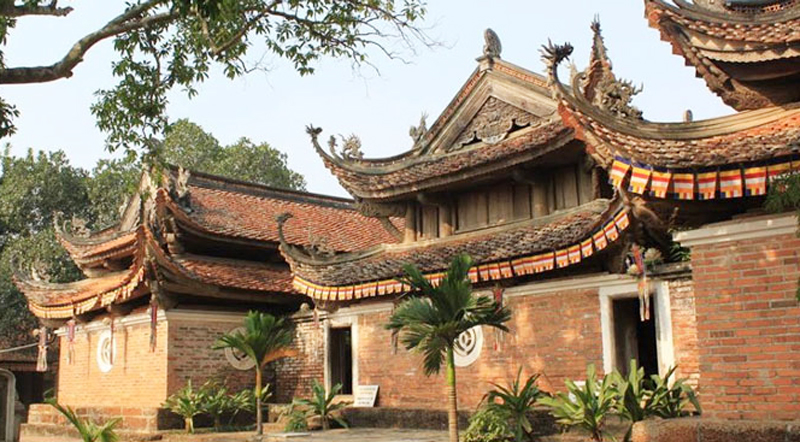
Famous spiritual tourist destinations in the Central region
Thien Mu Pagoda
One of the renowned spiritual destinations in Central Vietnam is the Thien Mu Pagoda in Hue. Constructed during the reign of Lord Nguyen Hoang, this pagoda provides a sacred space with a serene and ancient beauty. Particularly, in the evening, Thien Mu Pagoda becomes illuminated, captivating visitors who come to explore and immerse themselves in the tranquil atmosphere.
The architecture of Thien Mu Pagoda is a unique symbol, blending elements of both Asia and the West. The Three-Door Gate is considered an architectural marvel, with its three tiers symbolizing the unity of Heaven, Earth, and Man. The pagoda consists of five tiers, each with distinct shapes and colors, creating a harmonious and dignified space.
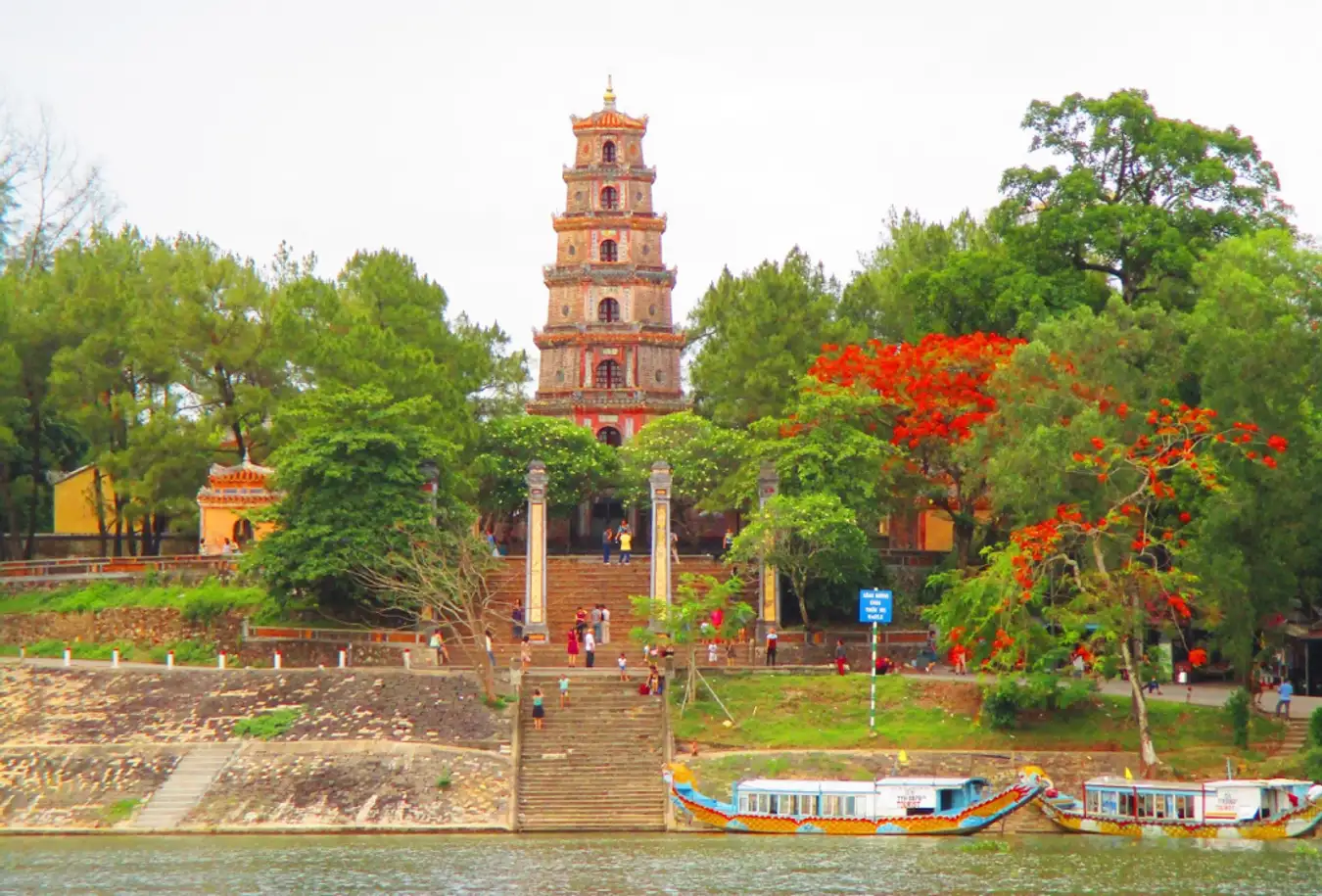
Linh Ung Pagoda
Linh Ung Pagoda on Son Tra Mountain in Da Nang is an ideal spiritual tourism destination, attracting visitors with its solemn spiritual culture and the picturesque beauty of Da Nang’s landscapes. The highlight of the pagoda is the 67-meter-high statue of Lady Buddha, capturing attention from every angle. The legend of the floating statue of Buddha and the sacredness of the pagoda create a tranquil and sacred space, allowing travelers to feel peace and comfort.
From the pagoda, visitors can enjoy panoramic views of Da Nang, stretching from the city to the sea, providing a spiritual experience and a connection with the natural beauty of the surroundings.
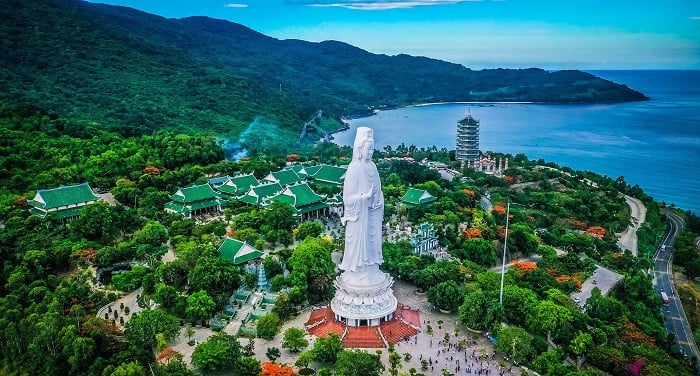
The Japanese Bridge
The Japanese Bridge is considered a unique attraction that draws thousands of visitors each year with its serene beauty and grand history. Located on Nguyen Thi Minh Khai Street, Minh Khai Ward, in the ancient town of Hoi An, The Japanese Bridge is an iconic symbol of this historic city, bearing witness to the changes and fluctuations of history. Unlike other temples, the bridge does not worship Buddha; instead, it honors the Northern Deity Tran Vo, bringing joy and happiness to the people. Visiting The Japanese Bridge allows tourists to combine sightseeing with activities such as praying for safety and well-being, immersing themselves in the cultural and spiritual communication and expressing their individual hopes and aspirations.
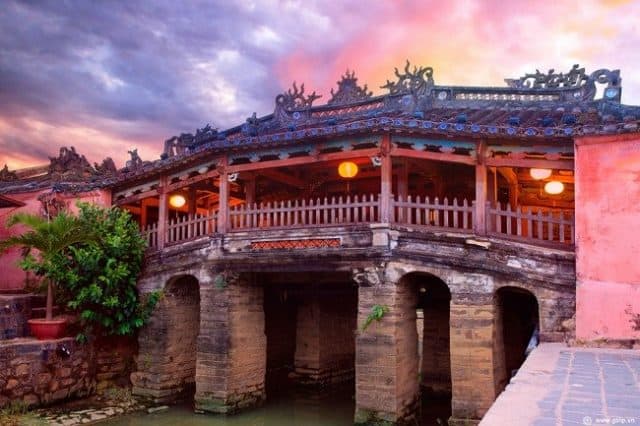
Famous spiritual tourist destinations in the South
Vinh Nghiem Pagoda
Vinh Nghiem Pagoda, a sacred and beautiful temple standing proudly in the heart of Saigon, is a spiritually captivating destination that you should not miss, especially after the festive days of Tet. The architecture of the pagoda seamlessly combines tradition and modernity, featuring curved roof tiles, red brick walls, intricately decorated wooden doors, and exquisite Buddha statues. With a history of over half a century, Vinh Nghiem Pagoda has been a place for training and maintaining the Truc Lam Buddhist tradition since the time of King Ly Thai To. It is not only the largest pagoda in Saigon but also a significant Buddhist center nationwide.
This place attracts visitors to admire its architecture, learn about Buddhism, and pray for peace. With its unique architecture and a solemn spiritual atmosphere, Vinh Nghiem Pagoda is an ideal destination to experience tranquility and seek inner peace amidst the bustling city of Saigon.
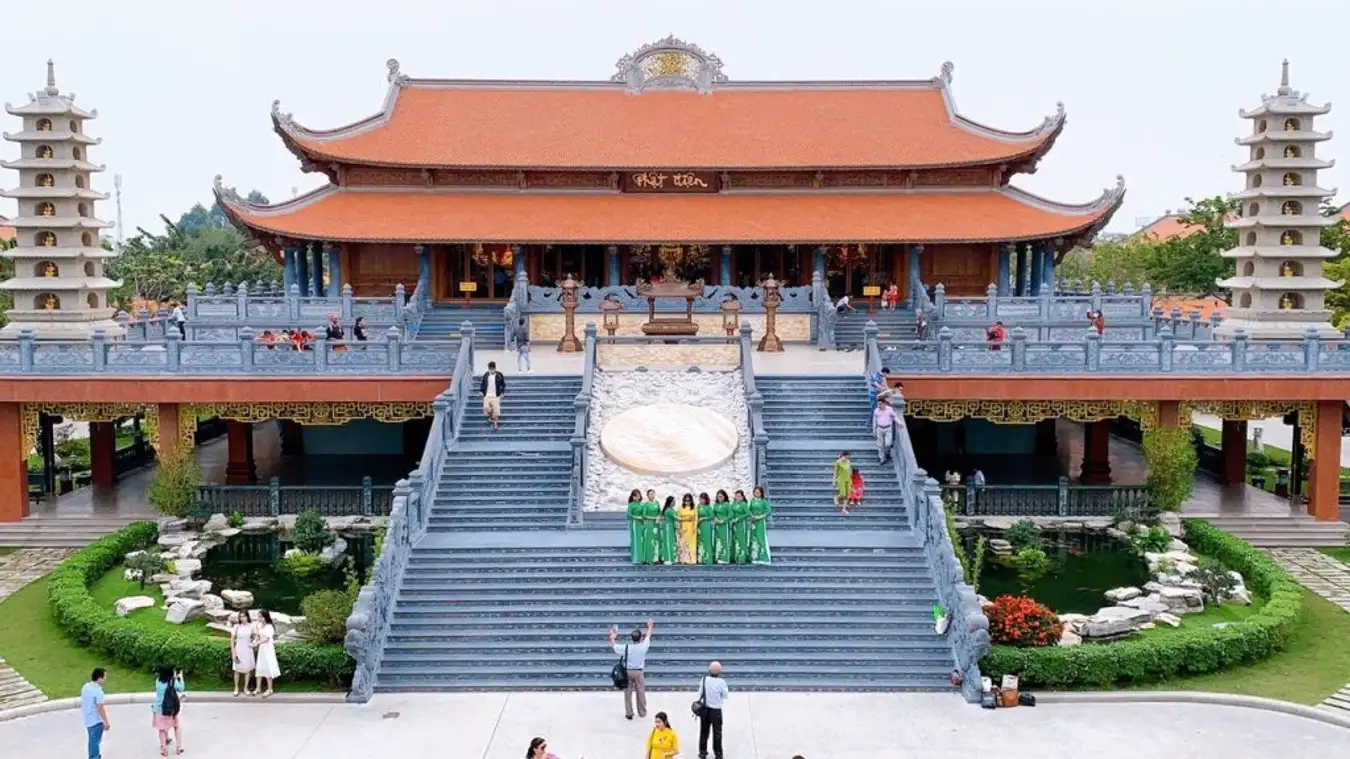
Vinh Trang Pagoda
Vinh Trang Pagoda is located in the city of My Tho, Tien Giang province. Vinh Trang Pagoda is a comprehensive architectural masterpiece, blending the characteristics of both Asian and European architectures. The pagoda is extensive, covering an area of about 2 hectares, and includes various sections such as the Amitabha Pagoda, the main hall, the Quan Am Tower, the garden of towers, the scripture distribution room, and many other areas. The architecture of the pagoda strongly reflects Vietnamese traditions, with structures made of cement and precious wood, meticulously carved bamboo and couplets, creating an impressive space that harmoniously blends modernity with antiquity.
With its historical, cultural, and uniquely designed architectural value, Vinh Trang Pagoda is an ideal destination for those who want to explore the diversity and depth of the spiritual culture in the Mekong Delta region.
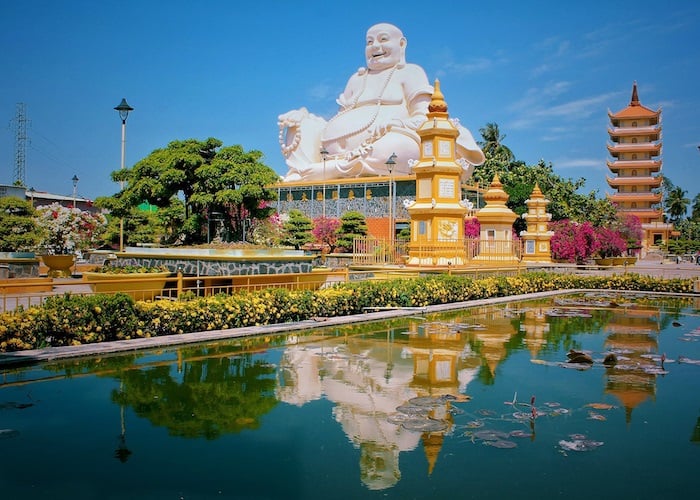
Ba Den Pagoda
After the lively days of Tet, if you are seeking a spiritual destination to refresh your mind, the Ba Den Pagoda complex in Tay Ninh would be an ideal choice. Located in the historical and cultural site, the scenic Ba Den Mountain, the Ba Den Pagoda complex is an impressive religious architectural system that attracts a large number of tourists and devout Buddhists. The Ba Den Pagoda complex includes Linh Son Tien Thach Tu Pagoda, Linh Son Hoa Dong Pagoda, Linh Son Long Chau Pagoda, Linh Son Long Chau Pagoda, and Quan Am Pagoda. The Ba Den Pagoda complex will undoubtedly provide you with a spiritual journey to find tranquility after the bustling Tet holiday.
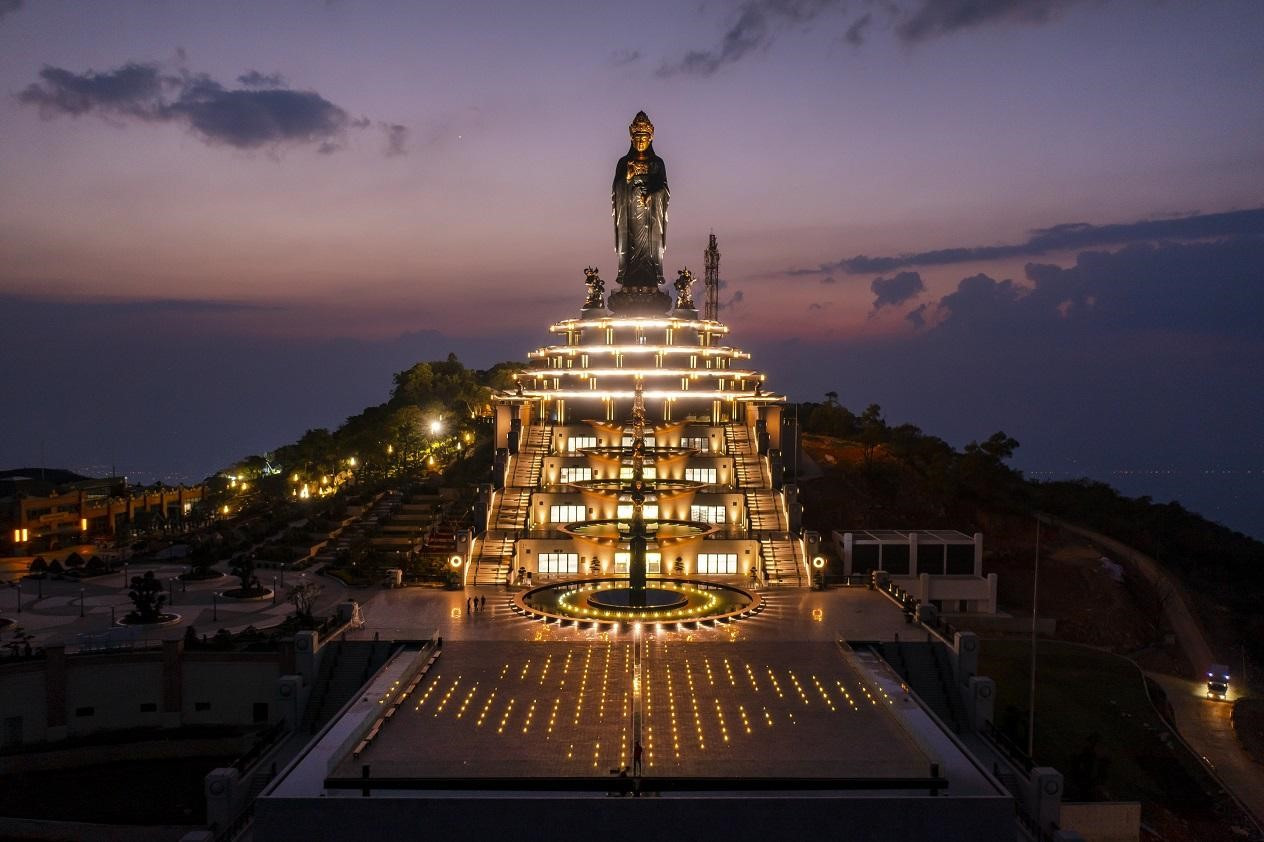
Conclusion
After the festive gatherings and the lively, bustling atmosphere of Tet, many people feel the need to seek tranquility and peace for their souls. This is when spiritual tourism becomes incredibly important, opening up a special journey to restore energy and connect with oneself. Post-Tet spiritual travel not only provides a fresh experience but also offers an opportunity for energy renewal and deep self-discovery.
Contact Passionate Travel
Hotline: (+84) 852 489 689
WhatsApp/Zalo: (+84) 852 489 689
Email: sales@passionate-travel.com

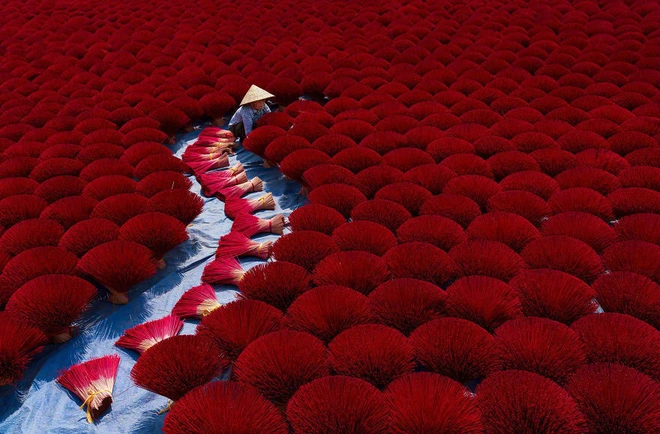 VIETNAM
VIETNAM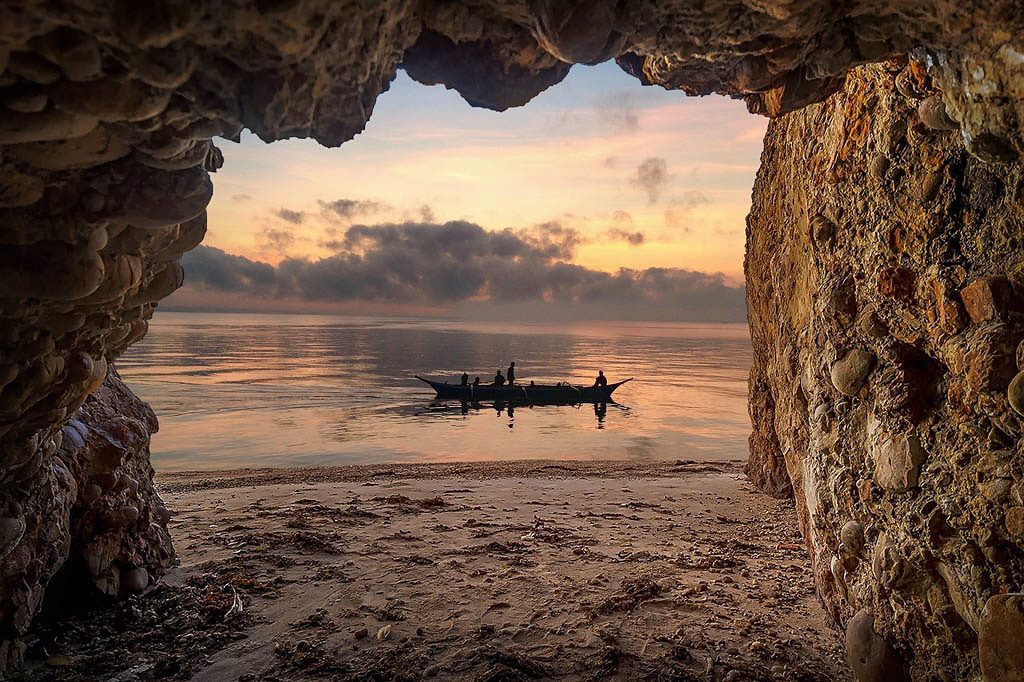 LAOS
LAOS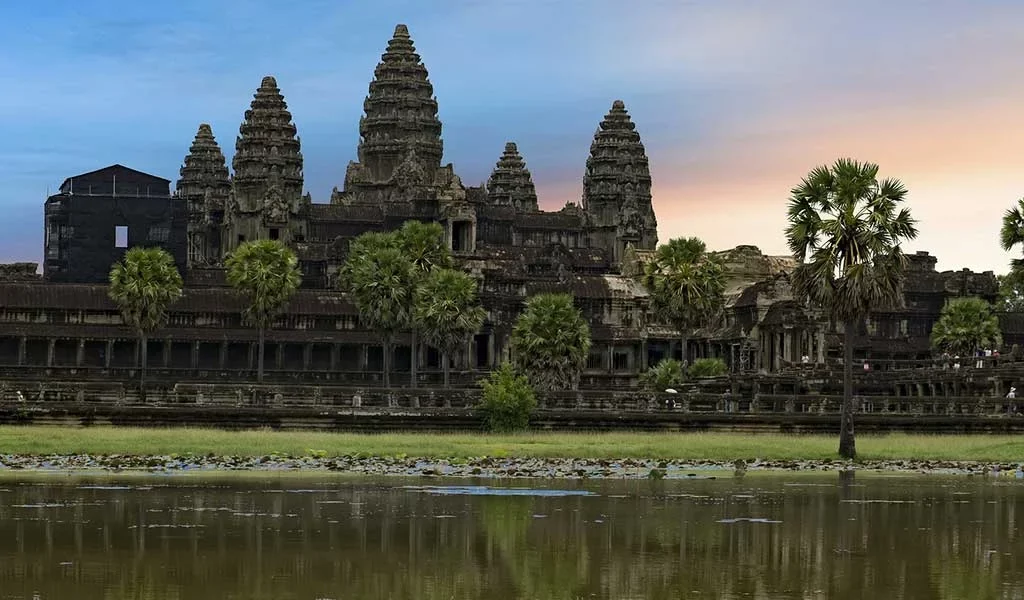 CAMBODIA
CAMBODIA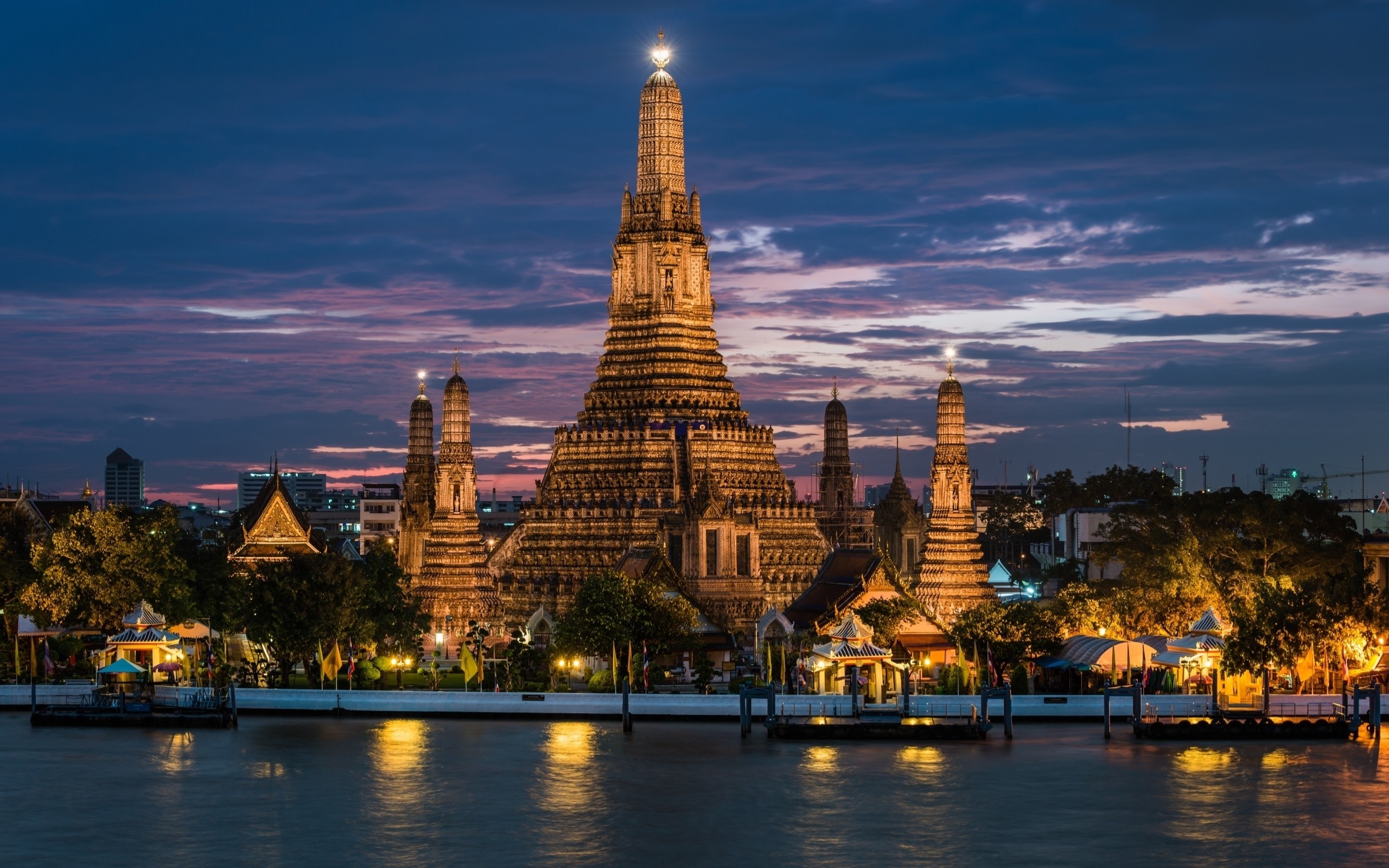 THAILAND
THAILAND